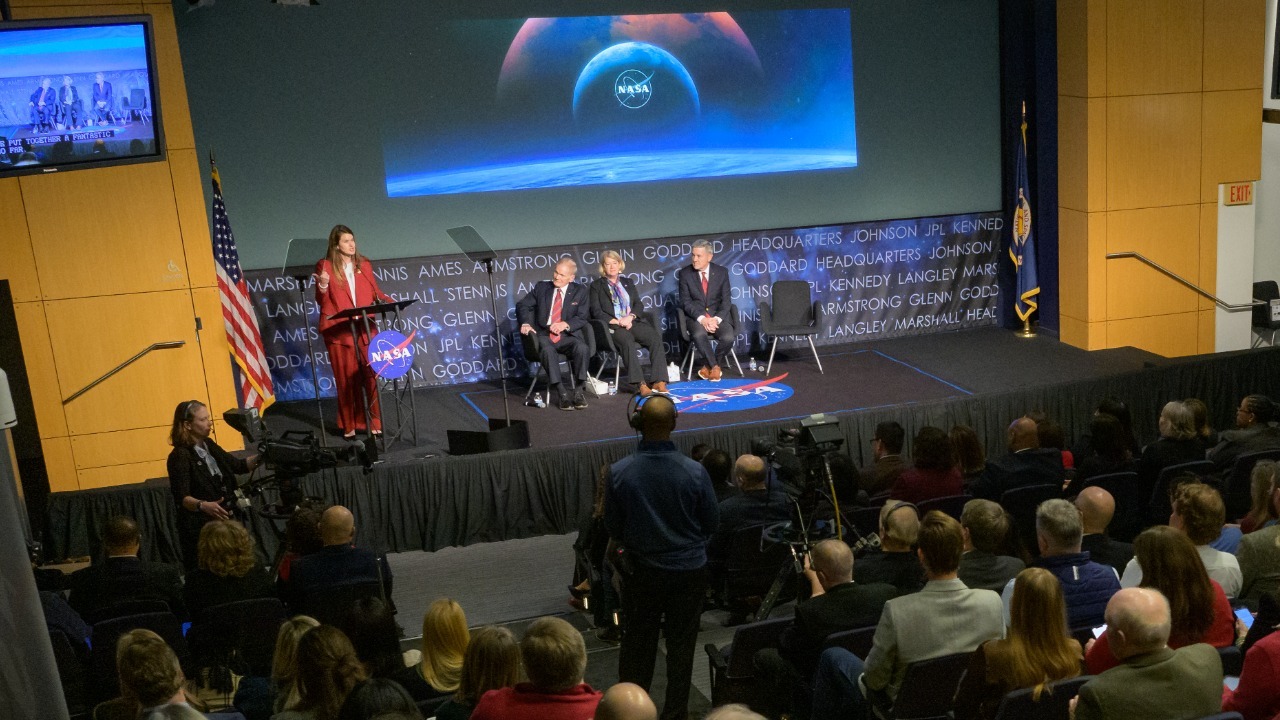
There is a growing sense of dismay among NASA staff over a proposed plan to discard highly specialized science equipment as if it were ordinary garbage. This controversial move could potentially undermine the agency’s critical research capabilities, highlighting the tension between budget constraints and the preservation of scientific tools vital to NASA’s objectives.
The Specialized Equipment at Risk
The equipment in question is not your everyday lab gear. These are incredibly specialized tools, designed and built specifically for NASA’s unique experiments and missions. They are used for precision tasks such as data collection in the harsh and unpredictable environments of space. Due to their custom fabrication, these pieces of equipment cannot be easily replaced, making their potential disposal all the more concerning. According to recent reports, NASA staff consider these tools essential for future projects.
Internal Reactions from NASA Staff
The proposed plan has been met with shock and horror from NASA employees. Descriptions of the plan range from wasteful to shortsighted, with one staffer poignantly calling it “throwing out science like garbage.” The emotional impact on the workers is palpable, particularly for those who have invested years in maintaining and utilizing this equipment for groundbreaking research. Staff concerns extend beyond the immediate loss of equipment, with fears of long-term consequences for agency morale and operational efficiency, as detailed in the same report.
Background on the Disposal Plan
The origins of the proposal can be traced back to budget reviews and administrative decisions within NASA. In an effort to cut costs, the plan to discard the specialized equipment was put forward, despite the equipment’s role in high-profile programs. Coverage from November 7, 2025, reveals the plan’s scope and the initial lack of consultation with technical teams, further fueling the internal dismay.
Potential Impacts on NASA’s Missions
The potential impacts of this plan on NASA’s missions are significant. Discarding the equipment could delay or even derail upcoming science missions that rely on these tools. Moreover, the loss of this equipment could have broader implications for NASA’s innovation pipeline, including the loss of expertise embedded in the hardware. Recent reports highlight mission-specific risks associated with the disposal plan.
Calls for Reconsideration and Alternatives
In response to the proposed plan, NASA staff have initiated petitions and suggested alternatives such as repurposing or archiving the equipment. As of late 2025, it remains to be seen how NASA leadership will address the uproar. Advocacy angles and potential policy shifts are being explored, as noted in the November 7, 2025, reporting.
Historical Context of NASA Resource Management
This is not the first time NASA has faced dilemmas over equipment disposal during budget crunches. A pattern can be observed in agency decisions that prioritize fiscal savings over asset preservation. This incident adds to the historical context of NASA’s resource management, shedding light on the ongoing struggle between budget constraints and the preservation of invaluable scientific tools, as detailed in the coverage of the controversy.
More from MorningOverview